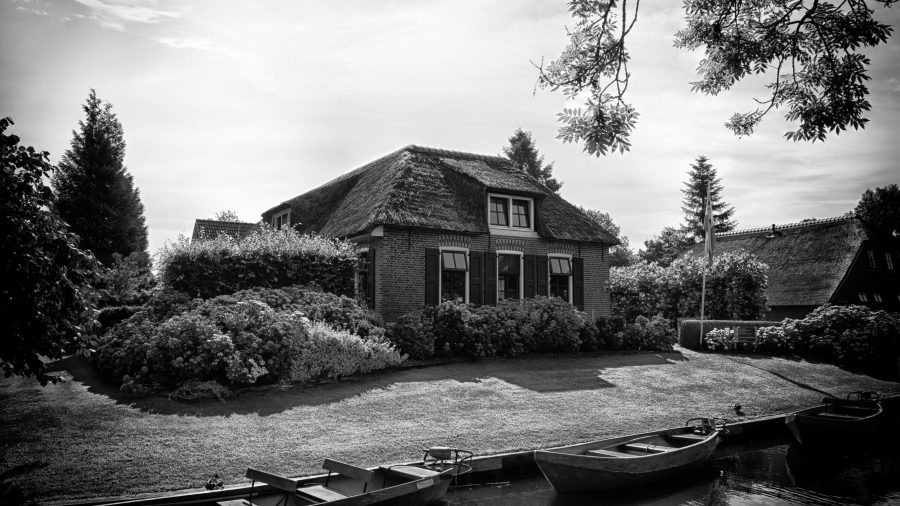Robert Jenrick, the new Secretary of State for Housing, wrote a striking call in 2017 to boost home ownership by building homes on government land and selling them at cost to the under-40s of that area. In the South East, that could mean a 75% discount to market price.
That is little short of electoral dynamite for despondent millennials – would you like 75% off a new home?
He does not say how those homes would be allocated – a lottery, or a waiting list? The resulting scrum would be legendary. When will the new owners be allowed to sell them? And how big is the ‘area’ of eligible young people – a few miles, or a whole region? The details will be key.
It is good to see his clarity that policies must primarily focus on building more good homes and communities, and his desire to bring smaller housebuilders back into the market.
That 2017 article is a paean to homeownership, but also a call for beauty and, crucially, essential public services along with those new homes, both of which will help reduce opposition.
Of course, in the South East, the scarce thing is not land, but planning permissions. The under-40s don’t need gifts of government land. You could just give them a planning permission and let them buy a piece of farmland for a few thousand pounds. The CPRE might have a view on that, of course.
The hardest thing about building new housing is where to build it. Mr Jenrick also suggests development corporations. They will certainly help get more housing built, although they will arouse fierce opposition in the South East.
As the former Exchequer Secretary doubtless knows, the key to raising wages and productivity and restoring the mobility that young people have lost is to build more homes in places with high wages and high housing costs.
Solving the politics of that is very hard. After a long hunt for workable ideas, we published our popular Better Streets proposal, recently endorsed by Jacob Rees-Mogg in an Institute of Economic Affairs paper. It recommends letting residents of each street vote to set a design code and allow more housing if they want to. That could, over time, add millions more beautiful homes while also making local homeowners better off. Plenty of residents on streets of two-storey suburban houses would love to vote to give themselves permission for extensions or for terraced houses or mansion blocks, raising their property value while getting more homes built.
Our other 2017 suggestion, to give parishes the power to allow high-quality housing on the green belt after agreeing to share benefits with the landowner, has already been adopted by the government, albeit in severely restricted form. Surely villages should be free to do that, so long as it does not affect other villages? Some parishes, even in the South-East, very much want to.
Given his emphasis on increasing homeownership, I wonder if Mr Jenrick will look at the ASI’s recent proposal of a Flexible Right to Buy, giving council tenants the power to move elsewhere and sell their original council home to a private buyer. He tells of his grandparents becoming homeowners by buying the home they rented. The tenants would love it and it would rapidly increase homeownership – but it would not boost the overall number of homes, and the potential reduction in council housing would be hugely controversial. It would not be a supply measure, which Mr Jenrick himself says should be a priority.
Mr Jenrick is probably our first Secretary of State for Housing who has studied political science. Politics is the hardest part of housing, but there are a few popular and as yet unexplored chances for an ambitious and thoughtful politician to make an enormous difference and position himself for even higher office. For all our sakes, I hope he has the imagination and drive to take them.








